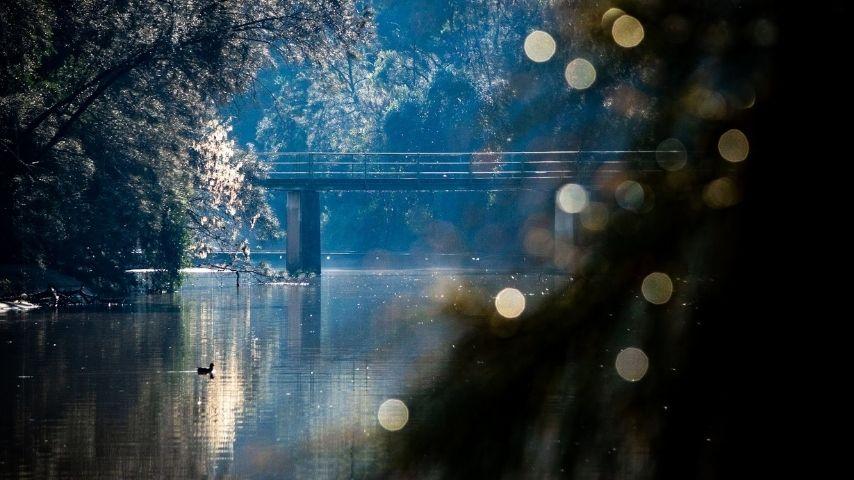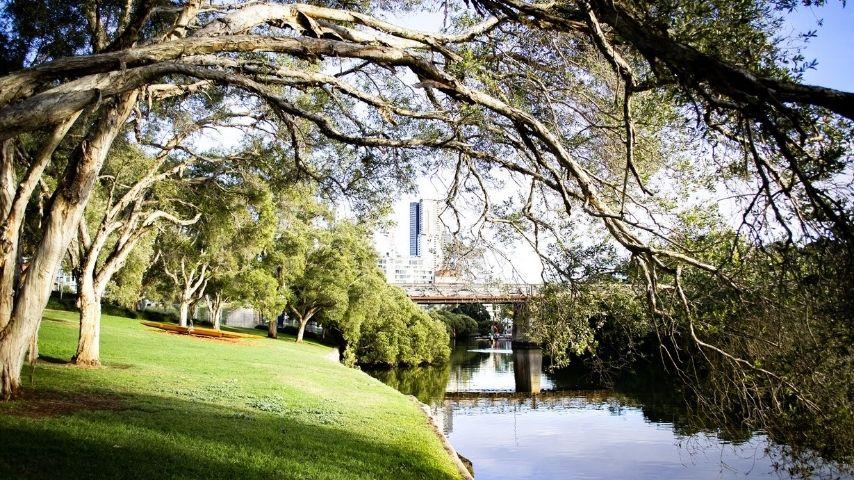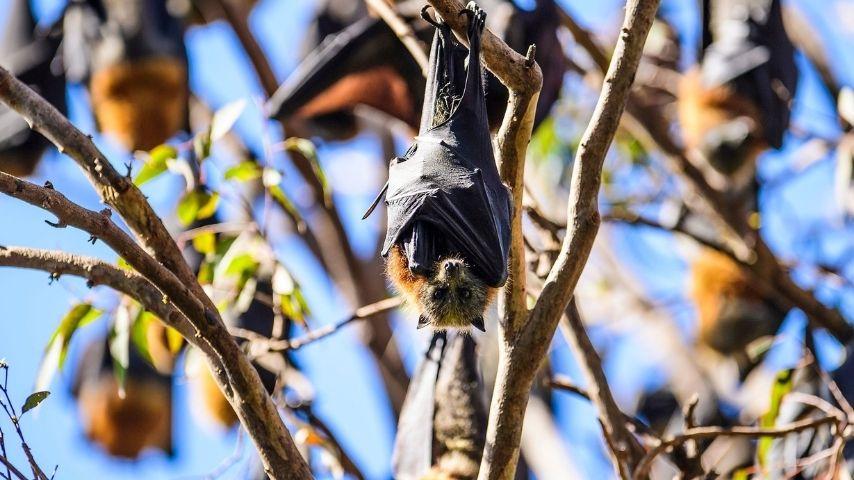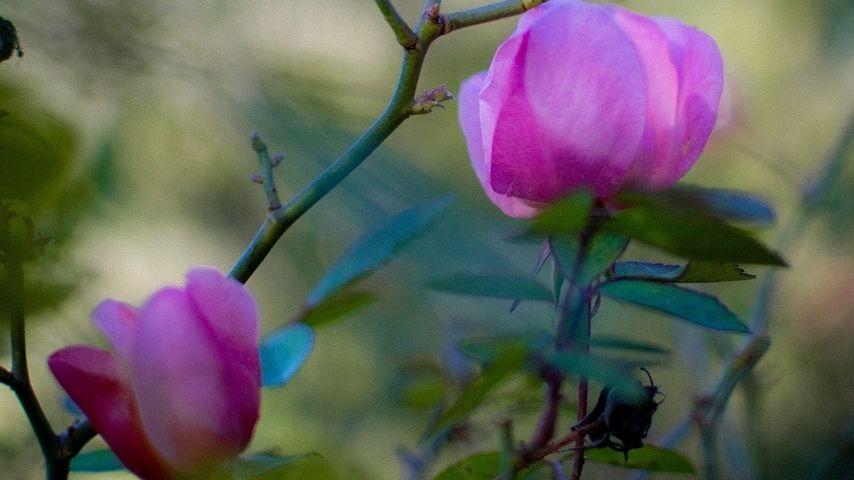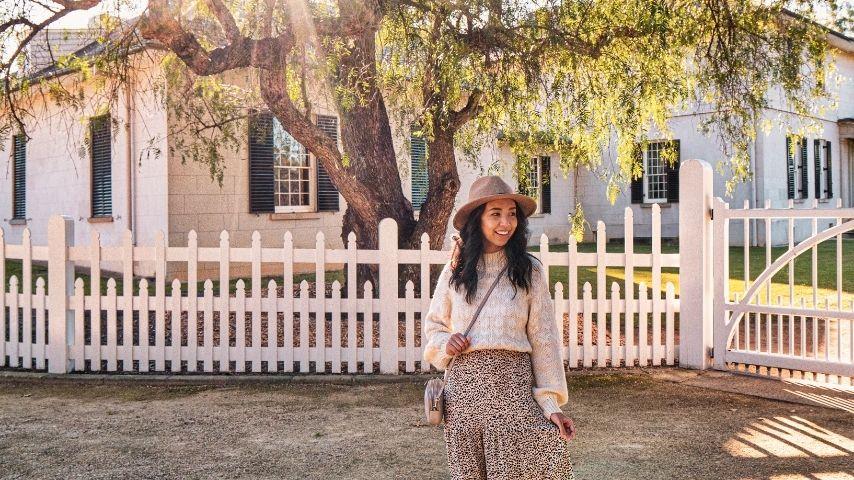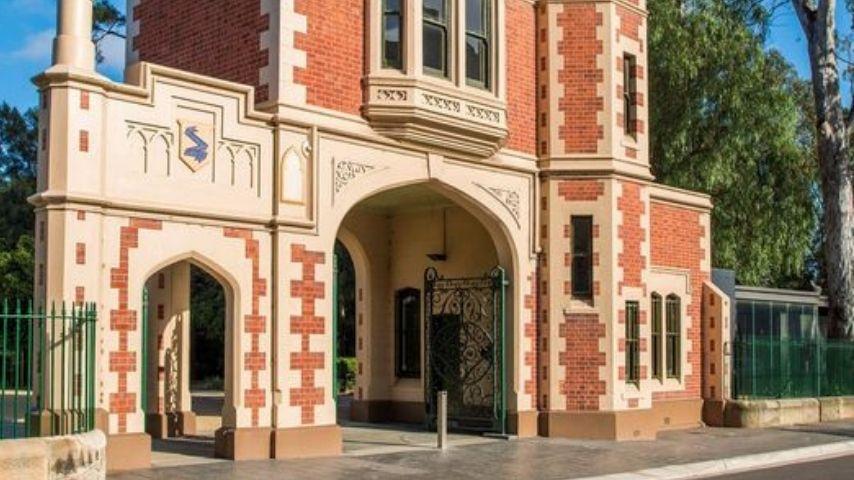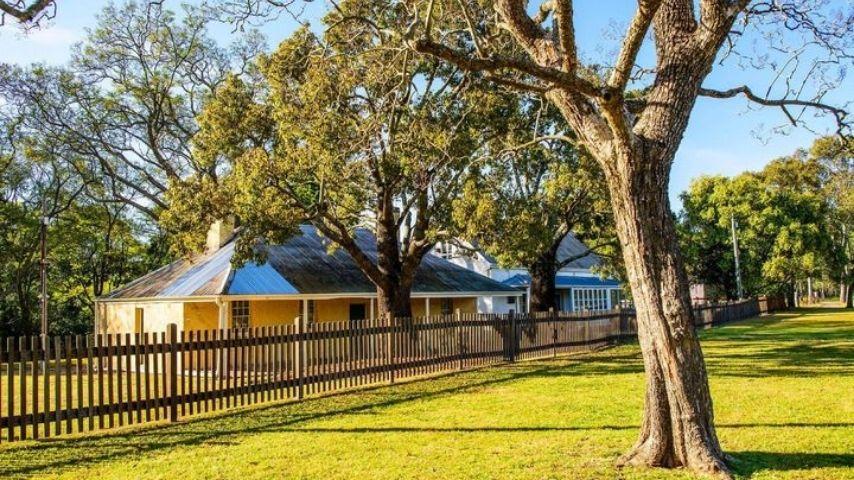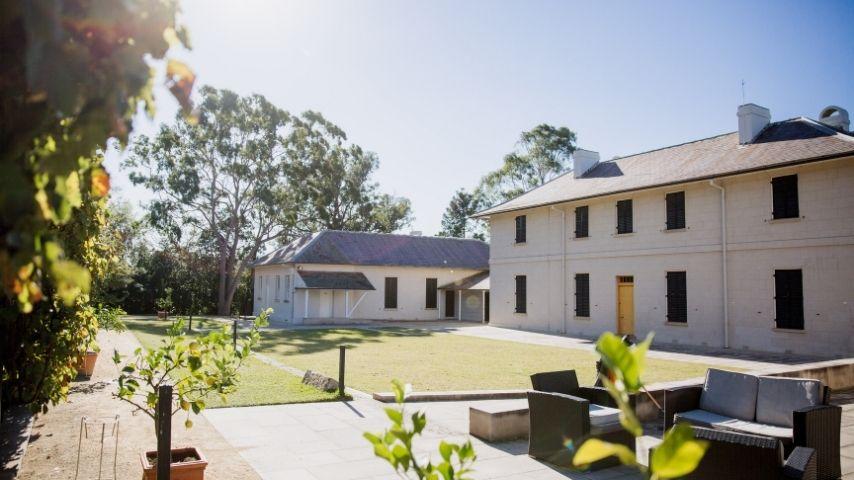Parramatta Park: The People's Park
A popular destination for locals and sightseers, the sprawling park has become a central recreational space for the Parramatta community and visitors alike, providing a leafy, idyllic escape from the CBD.
With its wide-open spaces and picnic and play areas, there’s fun to be had cycling through the Park’s natural splendour, enjoying picnics on the greens, or playing at the Domain Creek Playground. Located on the Westmead side of the Park, the playground has a flying fox, in-ground trampolines, slides and other activities for the young and young at heart.
Discover a Park That Tells a Story
Parramatta Park has so much more than meets the eye. Here, you will stumble across historical sites that tell a unique Australian story. The site of Parramatta Park once played a significant role in the lives of Aboriginal people and, much later, the European settlers.
The Park receives over 2 million visits each year and is one of the 11 historic places that together, form the Australian Convict Sites World Heritage property.
Go Cycling
A 3.2 kilometre long loop, dedicated to cyclists, runs around the western half of Parramatta Park, skirting the Parramatta River on one side and the park's periphery on the other. It's a relaxing, scenic ride on its own, plus there are several options for making it longer. One of the most popular is the Parramatta Valley Cycleway, which travels alongside the river to Morrison Bay Park, Ryde and passes significant landmarks such as the Riverside Theatres, historic 19th Century Lennox Bridge and Parramatta Wharf. Cyclists can divert into the CBD and jump off their bike for a coffee at one of Parramatta's many cafes or explore a piece of Australia's sporting history in Sydney Olympic Park.
Visit a Grey-Headed Flying Fox Camp
Visitors usually hear Parramatta Park's grey-headed flying foxes before they see them. After all, five or six thousand creatures can make a heck of a lot of noise. Their camp takes up one hectare of land in the park's north-eastern corner, on the banks of the Parramatta River. Passers-by are welcome to watch as long as they don't disturb the bats, which are a threatened species. Another 140 species of wildlife can be spotted in the park, including longfin eels, eastern long-necked turtles, eastern water dragons and blue-tongue lizards.
Wander Through a Rose Garden
In the park's south-eastern corner lies Rumsey Rose Garden, home to one of the biggest collections of heritage roses in Australia. Even for rose experts who know their blooms inside-out, there's a chance of seeing an unfamiliar variety. The brightest explosions of colour happen in May, October and November. The central lawn is perfect for picnicking and sunbathing, and the nearby Macquarie Gatehouse Tea Rooms offer a delicious high tea, with or without sparkling wine.
Historical Highlights
For about 40,000 years before the arrival of Europeans, this fertile stretch of land was central to the lives of the local Burramatta people, its traditional custodians. In 1788, it became the location of New South Wales's second British settlement. It served as a country residence for the colony's governors until 1858, when it was handed over to the public as parkland.
Today, visitors can explore the park’s colonial history by walking and observing remnants of 18th Century Parramatta, including the oldest Government House in Australia, Governor and Mrs. Macquarie’s landscaped estate, and the Dairy Precinct.
The park is filled with significant historical landmarks, including the 1820s Bath House, Observatory Transit Stones, Lady Fitzroy Memorial, Boer War Memorial, and the settlement at Rose Hill.
Take a Walk Through History
There are three self-guided walks, each focused on a particular subject:
- The Burramatta Aboriginal Landscape Trail, covers the indigenous relationship with the land, including bush tucker, medicinal plants and fire management.
- The Colonial Rose Hill walk takes you back to the late 18th Century, when the British settled here and established New South Wales's first farm, a convict camp, and town plans, including a grand, 70-meter wide avenue.
- The Parramatta Park Monuments and Sites walk takes in 19th Century gatehouses, a ruined bathhouse, a Boer War memorial and a colonial dairy cottage
Australia's Oldest Public Building
One of the most-visited spots in Parramatta Park is Old Government House, the oldest remaining public building in New South Wales. Constructed between 1799 and 1818, this majestic, two-story residence is a well-maintained example of Old Colonial Georgian architecture. Ten governors used it as their country dwelling, including Lachlan Macquarie, who, with his wife Elizabeth, preferred Parramatta to grimy Sydney Town, and added major extensions to the building.
To see inside, visitors can purchase a ticket and view the property at their own leisure, with volunteers in the house to assist them.
The Dairy Precinct
It may come as a surprise, but within this green expanse sits one of Australia’s oldest colonial sites. Overlooking the river, Parramatta Park’s Dairy Precinct is the northern neighbour of Old Government House.
Built between 1796 and 1804, the Dairy Cottage was home to George Salter, an ex-convict turned cattleman. The small house is one of the oldest standing cottages in Australia. In the early 1800's the cottage was converted to a diary with sunken milk-processing room constructed alongside.
Half a century later, in 1857, the Dairy Cottage became the home of a park ranger and his family. A Ranger’s Cottage was constructed c1875 and the Dairy Cottage became a storeroom. The milk room still remains today and can be viewed beneath the adjacent Ranger's Cottage.
Having undergone major restorations in 2016, the Dairy Precinct is now home to an exhibition space, digital displays and landscape works.
Now listed as a World Heritage site, those interested in learning about one of Australia's oldest colonial sites can take a guided tour conducted by the Parramatta Heritage and Visitor Information Centre.




